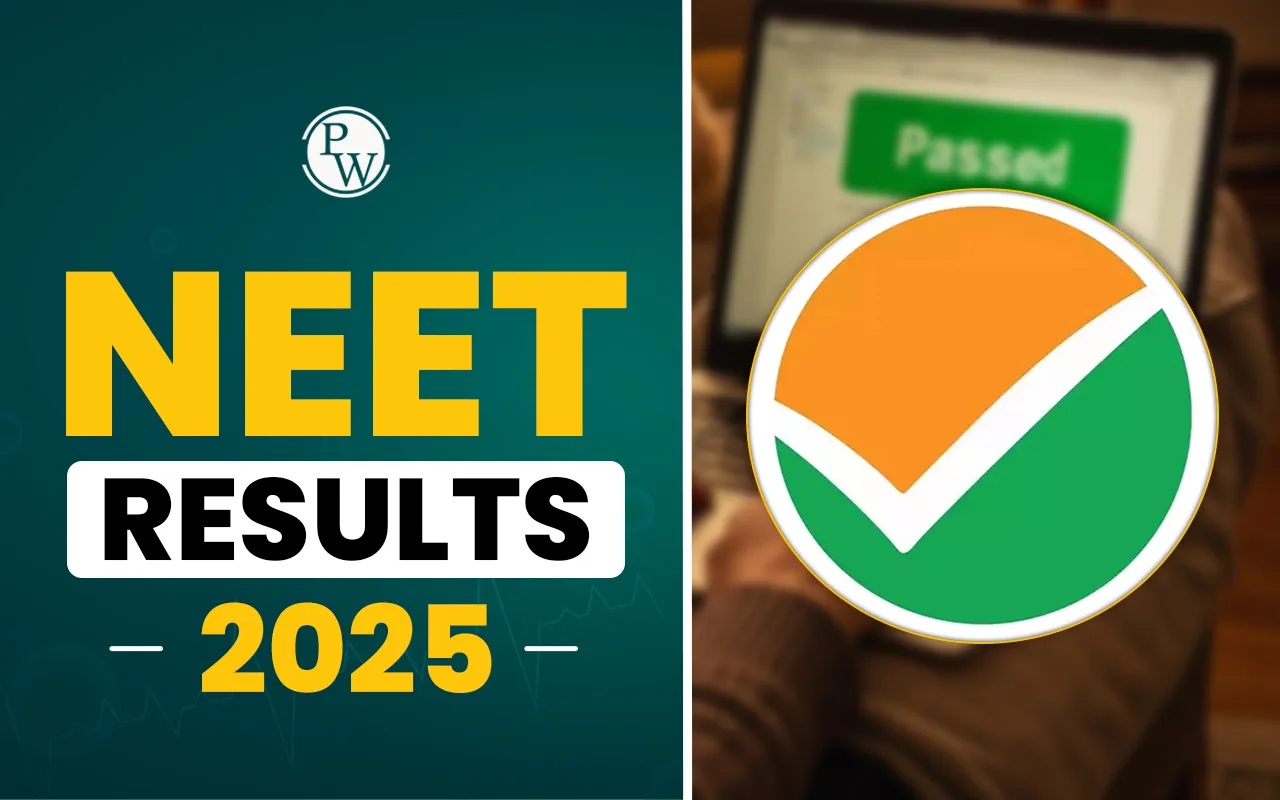
When considering loan forgiveness for international students, it's important to understand the specific options that may be available. While most loan forgiveness programs are tailored for domestic students, there are a few possibilities that international students can explore. Some countries offer limited student loan forgiveness programs, but eligibility is often based on the type of loan, employment in certain sectors, or residency status. International students seeking debt relief should also look into loan repayment assistance options provided by private lenders or international financial aid programs.
Understanding Student Loan Forgiveness Programs
For international students, finding loan forgiveness for international students can be challenging, as most student loan forgiveness programs are designed for citizens of the country offering the loan. However, there are some options worth exploring. For example, some countries or private lenders may offer debt relief for international students if they work in specific fields, such as healthcare or education, or after maintaining residency for a certain period.
Although international students may not have direct access to many government-based student debt cancellation programs, they can still explore alternative loan repayment assistance options. Private lenders, for instance, sometimes offer flexible repayment plans or partial forgiveness for students who meet certain criteria, such as working in certain high-demand areas or maintaining a long-term commitment to a job.
It's also important to consider that some countries have programs where international students can apply for student loan forgiveness programs once they become permanent residents or citizens. These programs may require fulfilling specific job roles, such as in nonprofit organizations or government services, and adhering to the loan provider's terms.
Before applying for any program, it's crucial to check the eligibility for loan forgiveness and carefully read the terms and conditions. This can help students understand whether they qualify for any forgiveness or relief and make well-informed financial decisions.
Debt Relief for International Students: What You Need to Know
When looking into debt relief for international students, it’s important to explore all possible options. These can include forgiveness, repayment plans, and other financial strategies that help ease the burden of student loans.
1. Private Loan Forgiveness
Some private lenders offer loan forgiveness to international students, but these programs are often rare and tied to specific conditions, like working in certain industries or maintaining long-term employment. It’s important to review your lender’s policies and eligibility criteria to see if you qualify for any forgiveness options that may apply to your loan.
2. Income-Driven Repayment Plans
Income-driven repayment plans adjust your monthly payments based on your current income, making it easier to handle your loan. While these plans are more common with government loans, some private lenders may offer similar options. This helps students with fluctuating incomes manage their financial responsibilities more effectively over time.
3. Work-Based Forgiveness Programs
In some countries, international students working in specific fields, such as healthcare, education, or public service, may be eligible for partial loan forgiveness. These programs are usually designed to reward service in high-need areas. Research the programs available in your field to determine if this option is available for you.
4. Refinancing Options
Refinancing involves replacing your current loan with a new one that has better terms, such as a lower interest rate or extended repayment period. This can make monthly payments more affordable, providing relief from the strain of student debt. However, international students should carefully consider the new loan terms to ensure long-term benefits.
5. Residency-Based Relief Programs
Some countries offer loan forgiveness or relief to international students who obtain permanent residency. These programs vary in their requirements and may offer significant reductions in loan balances. If you plan to stay in the country where you studied, this could be a valuable option for managing your student debt.
Loan Repayment Assistance Options for International Students
When it comes to loan repayment assistance for international students, there are several options to explore. These programs can help ease the burden of repaying student loans by offering various forms of financial relief, depending on eligibility, residency, and career paths. Below is a table outlining different loan repayment assistance options available for international students:
|
Assistance Option |
Description |
Requirements |
|
Income-Driven Repayment Plans |
Adjusts payments based on income, lowering monthly installments |
Varies by a lender; typically requires proof of income |
|
Loan Refinancing |
Replaces the current loan with better terms, such as lower interest |
International students with a strong credit history or cosigner |
|
Work-Based Forgiveness Programs |
Offers partial loan forgiveness for working in high-need fields (health, education) |
Requires employment in certain sectors and meeting service terms |
|
Residency-Based Loan Forgiveness |
Provides loan relief to students who obtain permanent residency in the country |
Must have permanent residency or citizenship in the country |
|
Private Lender Hardship Assistance |
Some private lenders offer temporary relief for those facing financial hardship |
Varies by lender, often requires proof of hardship |
|
Employer-Sponsored Loan Assistance |
Employers offer repayment assistance as part of the benefits package |
Must be employed with a company offering loan repayment benefits |
|
Volunteer Work Loan Forgiveness |
Some programs offer forgiveness in exchange for volunteer service (e.g., Peace Corps) |
Requires volunteering in eligible programs or regions |
|
Public Service Loan Forgiveness (PSLF) |
Forgives remaining loan balance after working in a public service job for a set number of years |
Available for those in public service jobs (availability varies by country) |
Eligibility for Student Loan Forgiveness: Criteria and Considerations
When applying for student loan forgiveness, it’s important to understand the various criteria that must be met to qualify. Many factors, such as employment type, income level, and loan specifics, can influence eligibility. Knowing the conditions for each program will help ensure you meet the requirements and optimize your chances for debt relief. Below are the key criteria and considerations for student loan forgiveness programs.
Employment in Public Service
To qualify for certain student loan forgiveness programs, like Public Service Loan Forgiveness (PSLF), borrowers need to work in specific sectors such as healthcare, education, or government roles. Proof of employment and meeting the required service years are essential.
Income-Driven Repayment Plans
Income-driven plans are designed for borrowers with lower earnings. Eligibility typically depends on your annual income, family size, and the type of loan. These plans adjust monthly payments based on your financial situation.
Nationality and Residency Status
International students may be required to hold permanent residency or citizenship in some countries to qualify for government-backed loan forgiveness programs. Private lenders may have different residency requirements.
Length of Service
Many loan forgiveness programs require borrowers to meet a specific time commitment, such as working in a public service job for 10 years or volunteering for a set period. Fulfilling this service is critical for qualifying for forgiveness.
Type of Loan
Only certain types of loans, like federal loans, are eligible for forgiveness under specific programs. Private loans often have different terms, and eligibility for forgiveness may vary widely based on the lender.
Exploring Student Debt Cancellation Opportunities for International Students
When it comes to managing student debt, international students might wonder if there are opportunities for debt cancellation. Here’s a closer look at some of the options and opportunities available for international students seeking relief from their student loans:
1. Loan Forgiveness Programs
Some countries offer loan forgiveness programs for students who meet specific criteria, such as working in designated public service roles or underserved areas. These programs often require a long-term commitment but can significantly reduce or cancel remaining debt.
2. Income-Driven Repayment Plans
These plans adjust your monthly loan payments based on your income. While they don't directly cancel debt, they can make repayment more manageable. Some plans include provisions for debt forgiveness after a certain number of years, depending on the country and loan type.
3. Scholarships and Grants
Although not a form of cancellation, scholarships, and grants can significantly reduce the amount of debt you need to repay. Many organizations offer financial aid specifically for international students, which can cover tuition and other expenses.
4. Debt Relief Programs
Certain financial relief programs, especially those backed by nonprofit organizations or government initiatives, may offer options for debt cancellation or reduction. These programs typically require applicants to demonstrate financial hardship or specific circumstances.
5. Refinancing and Consolidation
Refinancing or consolidating loans can sometimes lead to better terms or lower interest rates, which can make managing and paying off your debt more feasible. While this doesn’t cancel the debt, it can make repayment more manageable and potentially reduce the total amount owed.
Frequently Asked Questions
1. Are there loan forgiveness programs available for international students?
2. Can international students apply for loan forgiveness if they work in a public service role?
3. Are there any debt relief programs available for international students?
4. Can refinancing or consolidation help with student loan repayment for international students?
5. What other options are available for reducing student debt for international students?










